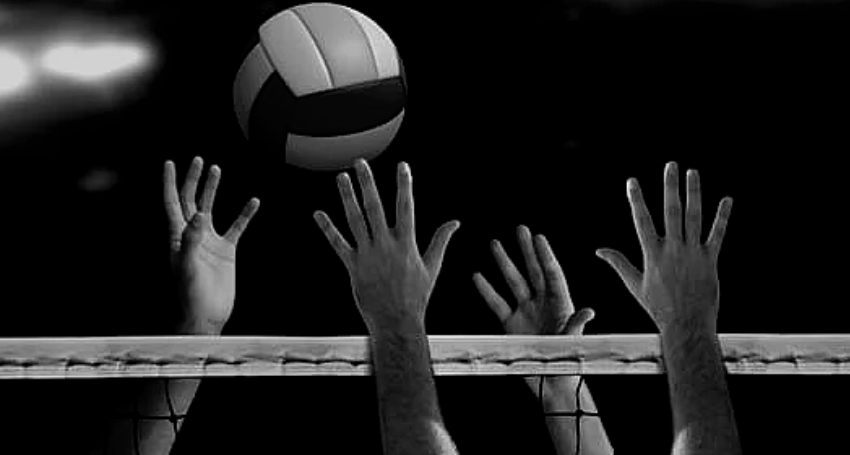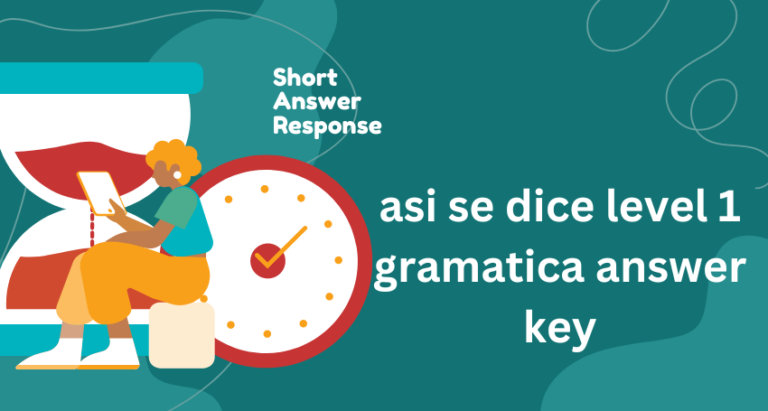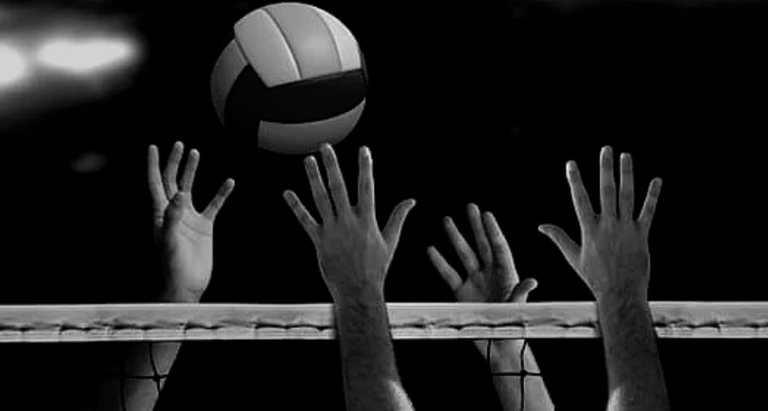In recent years, there has been a developing recognition surrounding the situation called Poe Behead Support (PBS). This article ambitions to provide a comprehensive overview of PBS, which includes its definition, relevance, and strategies for handling it effectively.
What is Poe Behead Support?
Poe Behead Support, regularly abbreviated as PBS, is a neurological disease characterized by involuntary movements of the head corresponding to the ones seen in the iconic works of Edgar Allan Poe. Individuals with PBS may additionally experience unexpected, jerky movements of the head, often observed by using muscle spasms or tremors.
Why is Poe Behead Support Important?
While PBS is not existence-threatening, it could substantially affect a man or woman’s satisfaction of existence. The physical manifestations of PBS can be socially stigmatizing and may lead to embarrassment or soreness in social situations. Additionally, the circumstance can cause physical discomfort and intrude with every day sports.
Types and Categories
PBS can take place in numerous forms, with symptoms ranging from mild to severe. Understanding the different types and categories of PBS is important for accurate analysis and remedy.
Primary PBS
Primary PBS refers to cases in which the underlying cause of the condition is unknown. It is thought to be because of a mixture of genetic, environmental, and neurological elements.
Secondary PBS
Secondary PBS occurs because of an underlying scientific condition or outside issue, which include head trauma, medicinal drug side outcomes, or neurological issues.
Acute PBS
Acute PBS involves sudden and extreme episodes of head actions, often prompted via stress or emotional misery.
Chronic PBS
Chronic PBS is characterized by continual and ordinary symptoms that can get worse over the years. It can appreciably affect daily functioning and quality of existence.
Symptoms and Signs
Recognizing the signs and signs and symptoms of PBS is critical for early detection and intervention. While signs might also range from individual to individual, some not unusual signs and symptoms include:
Repetitive, involuntary movements of the pinnacle
Muscle spasms or tremors
Difficulty controlling head actions
Physical soreness or ache in the neck or shoulders
Social withdrawal or avoidance of social situations
Causes and Risk Factors
The actual purpose of PBS stays unknown, however several factors may also contribute to its development. These consist of:
Biological Factors
Genetic predisposition may also play a position in the development of PBS, because the condition often runs in families. Additionally, abnormalities in brain chemistry or structure may additionally make contributions to the signs and symptoms of PBS.
Environmental Factors
Exposure to sure environmental pollutants or pollution might also increase the risk of developing PBS. Additionally, head trauma or harm can trigger signs of PBS in inclined people.
Lifestyle Factors
Certain lifestyle elements, which include pressure, anxiety, or negative sleep habits, may also exacerbate signs and symptoms of PBS. Managing stress and adopting healthy way of life conduct can assist reduce the frequency and severity of signs.
Diagnosis and Tests
Diagnosing PBS can be hard, as there is no particular take a look at or imaging take a look at that could definitively verify the condition. Instead, diagnosis is based totally on a radical medical records, bodily exam, and assessment of signs and symptoms.
Medical History
Your health practitioner will review your clinical records, inclusive of any family history of neurological problems or motion issues.
Physical Examination
A physical exam will verify for any ordinary actions or muscle spasms, focusing on the top and neck vicinity.
Diagnostic Tests
While there is no particular check for PBS, your doctor may additionally order blood exams, imaging studies, or neurological checks to rule out different capability reasons for your symptoms.
Treatment Options
While there’s no treatment for PBS, several treatment options are available to help manipulate signs and enhance excellence of existence.
Medications
Medications such as muscle relaxants, anticonvulsants, or botulinum toxin injections might also help reduce muscle spasms and tremors related to PBS.
Physical Therapy
Physical remedy strategies, consisting of stretching physical games, rub down therapy, or heat remedy, can assist enhance flexibility and decrease muscle stiffness in individuals with PBS.
Lifestyle Modifications
Making life-style changes, such as decreasing pressure, getting adequate sleep, and practicing rest strategies, can assist in minimizing the frequency and severity of PBS signs.
Supportive Therapies
Supportive cures, inclusive of counseling, guide agencies, or biofeedback, can assist individuals cope with the emotional and psychological results of PBS.
Preventive Measures
While PBS can not continually be prevented, there are steps you may take to lessen your threat of developing signs or exacerbating existing signs and symptoms.
Stress Management
Learning stress management techniques, along with deep breathing sporting activities, meditation, or yoga, can assist in reducing the frequency and severity of PBS signs and symptoms.
Healthy Lifestyle Habits
Maintaining a healthful life-style, such as ordinary workout, balanced nutrients, and ok sleep, can help aid typical bodily and intellectual nicely-being.
Avoidance of Triggers
Identifying and fending off triggers that exacerbate PBS signs and symptoms, along with caffeine, alcohol, or certain medications, can assist minimize symptom flare-ups.
Personal Stories or Case Studies
Real-life tales and case studies can provide precious insights into the lived revel in people with PBS and their journey to diagnosis and remedy.
Expert Insights
Medical experts that specialize in neurology or motion issues can offer professional insights into
the analysis and control of PBS.
Conclusion
In the end, Poe Behead Support is a neurological disease characterized via involuntary movements of the head. While the precise purpose remains unknown, numerous elements may additionally make a contribution to its development. Early prognosis and intervention are essential for effectively handling symptoms and enhancing excellent of life for people with PBS.85378













+ There are no comments
Add yours